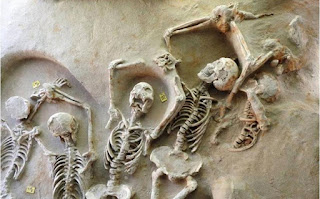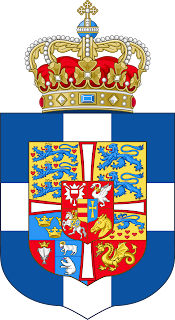PAN-SEARED FILLETS OF SALMON
4 X 180 g (6 oz) fillets of salmon, boned
2 tbsp olive oil
2 tsp capers soaked overnight to remove extra salt and patted dry
Salt and freshly ground black pepper to taste
4 lemon slices and chopped dill
Preheat a large frying pan over medium heat, for about 3
minutes. Coat salmon fillets with olive
oil and place them on the pan and increase the heat to high.
Cook for 5 minutes and sprinkle with capers and salt and
pepper to taste. Turn the salmon fillets over and cook for 3 minutes until
brown or until they flake when tested with a fork.
Transfer to individual plates and serve with lemon slices and chopped dill.
GREEN SHRIMPS
2 tbsp olive oil
2 cloves of garlic, peeled and chopped
½ cup of chopped spring onions
500 g (1 lb) shrimps, shelled, deveined, thoroughly washed, and patted dry
½ cup o parsley chopped
½ cup of Parmesan, grated
Sauté onions and garlic briefly in olive oil but do not
brown the garlic. Toss the shrimps over
and sauté until pink and opaque in the center.
Stir in the parsley and heat through.
Remove from the heat and sprinkle evenly with grated
Parmesan.
BLACK BEANS STUFFED SWEET POTATOES
4 medium-sized sweet potatoes
½ cup Greek yogurt
1 tsp lemon juice
Salt and pepper to taste
½ a medium-sized onion, finely diced, (about a cup)
1 ½ tbsp olive oil
¼ tsp cumin
450 g (15 oz) black beans, boiled in salted water until soft
and drained
1 avocado, peeled, stoned, and diced
½ cup chopped parsley
Yogurt
Preheat oven to 180 C (350 F) and bake the potatoes on a
lightly greased tin for 55-60 minutes or until a fork can easily be inserted
into the flesh of the sweet potatoes.
When the sweet potatoes are almost ready, sauté the onion in
olive oil until translucent. Add the
spices, stir and cook for an additional 3 minutes.
Add the black beans and toss to combine. Continue to cook until the beans are
thoroughly heated for about 5 minutes, take off the heat, set aside, and keep warm. When the sweet potatoes are cool enough to
handle, cut them in half and spoon the flesh out of the skin, mash until smooth, and place on a dish. Evenly spread the
black bean mixture, avocado, parsley, and yogurt on top of the potatoes and
serve immediately.
BEEF AND BROCCOLI
2/3 cup soy sauce
½ cup chicken stock
¼ cup honey
2 tbsp vinegar
2 tbsp brown sugar
3 cloves of garlic, peeled and minced
1 tbsp olive oil
1 tbsp corn flour
1 tsp spicy red pepper sauce
1 tsp ginger powder
¼ tsp red pepper flakes
1 tbsp olive oil
500 g (1 lb) steak, thinly sliced across the grain
1 head broccoli cut into florets
In a medium bowl, whisk together the soy sauce, chicken
stock, honey, vinegar, brown sugar, garlic, olive oil, cornflour, spicy sauce,
ginger powder, and red pepper flakes, and ½ a cup of water and set aside.
Sauté the steak in olive oil, over high heat, flip over and
cook until brown, 4 minutes on the first side and 3 on the other.
Stir in the broccoli, soy sauce mixture and simmer until
tender and the sauce thickens slightly.
Serve immediately.
PLEASE DO BE VACCINATED AGAINST COVID – 19 SO THAT YOUR
BELOVED FAMILIES, FRIENDS, THE WORLD AND YOU WILL REMAIN HEALTHY AND SAFE












































